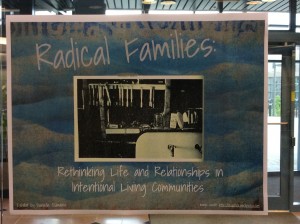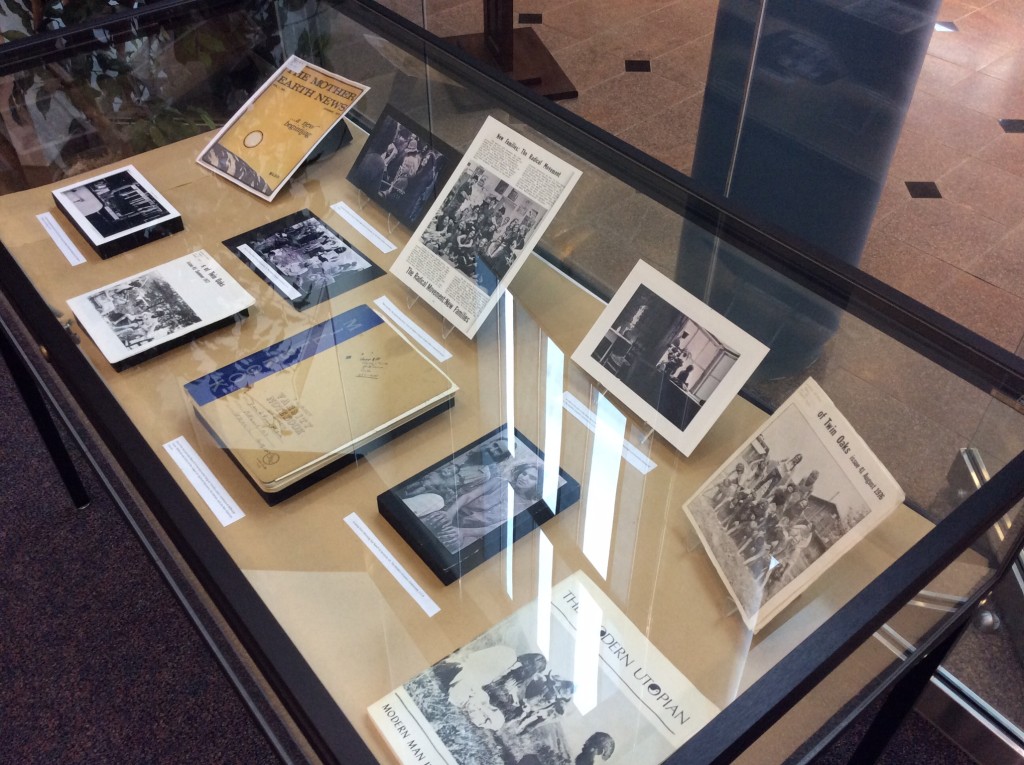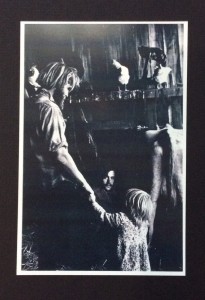 Communes, especially the communities that arose in the United States in the 1960s and 1970s, occupy a particular place in popular culture. Films, movies, novels, and public memory have provided a particular rendering of the experiences, relationships, and motivations that drove people “back to the land” as part of the larger cultural, political, and social shifts of the post-war period. But how did the members of these communities define their experiences? What did it look like to live in these spaces? Using materials from the Alternative Press Collection and the Diane di Prima papers, this exhibit seeks to offer a visual record of daily activities on a variety of communities; religious, political or otherwise, that will challenge or confirm viewers understanding of communal living. More specifically, these photos and documents focus on family life in these spaces. What did it look like to be part of a family in an intentional living community? How were mid-century ideas of motherhood, fatherhood, and generational boundaries and knowledge questioned, reinforced, or redefined. By asking these questions viewers will hopefully gain a richer portrait of what it meant to live and grow in these radical spaces and how these communities fit in to a longer history of the family and of communal living in the United States.
Communes, especially the communities that arose in the United States in the 1960s and 1970s, occupy a particular place in popular culture. Films, movies, novels, and public memory have provided a particular rendering of the experiences, relationships, and motivations that drove people “back to the land” as part of the larger cultural, political, and social shifts of the post-war period. But how did the members of these communities define their experiences? What did it look like to live in these spaces? Using materials from the Alternative Press Collection and the Diane di Prima papers, this exhibit seeks to offer a visual record of daily activities on a variety of communities; religious, political or otherwise, that will challenge or confirm viewers understanding of communal living. More specifically, these photos and documents focus on family life in these spaces. What did it look like to be part of a family in an intentional living community? How were mid-century ideas of motherhood, fatherhood, and generational boundaries and knowledge questioned, reinforced, or redefined. By asking these questions viewers will hopefully gain a richer portrait of what it meant to live and grow in these radical spaces and how these communities fit in to a longer history of the family and of communal living in the United States. 

This exhibit was curated by Graduate Student Intern Danielle Dumaine. It will be on display in the John P. McDonald Reading Room, Archives and Special Collections at the Thomas J. Dodd Research Center until the end of September.
